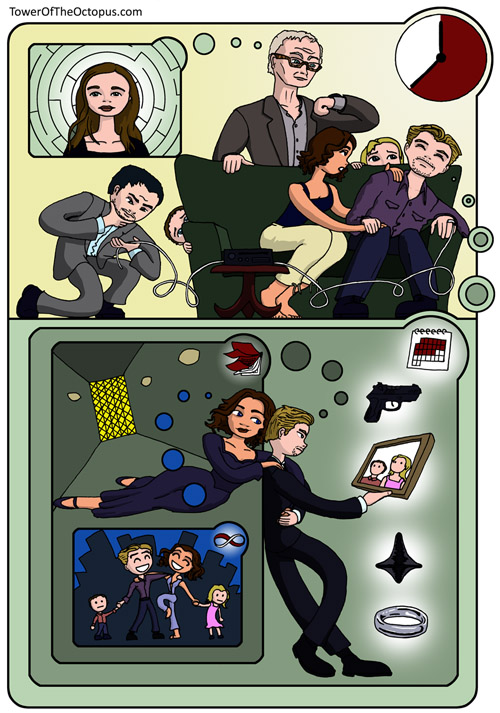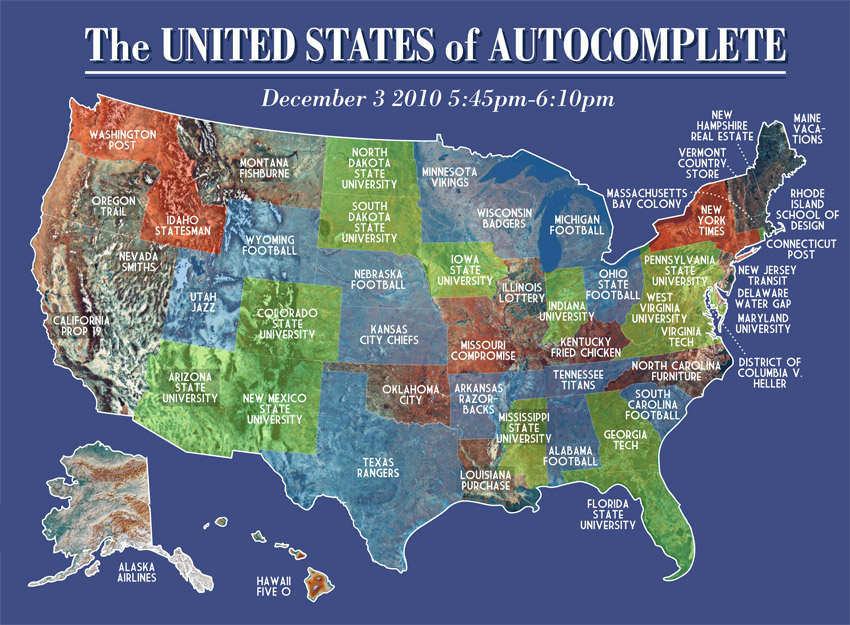(Originally sent October 2009)
Recently I’ve come across a whole bunch of things that could be termed ‘story analysis’ – the appliance of science (or at least pattern-spotting) to the art of the story.
Links
It started when I recently read Joseph Campbell’s “The Hero with a Thousand Faces”, in which he details the stages of the ‘Hero’s journey’ (or ‘monomyth’), an outline that he argues all great myths, legends, fairy tales and religious stories adhere to in one form or another. In terms of telling me a lot of smart stuff about a thing I don’t know much about, it’s one of the best books I’ve ever read, as it’s given me a fantastically clear lens through which to understand and analyse stories.
Wikipedia link (which is a great way to get most of the idea without reading the book):
Quote
As quoted in the Wikipedia article, a criticism of Campbell’s thesis by Donald J. Consentino:
“It is just as important to stress differences as similarities, to avoid creating a (Joseph) Campbell soup of myths that loses all local flavor.”
(Actually it’s clear from reading the book that Campbell positively delights in the local flavour, not to mention the fact that this criticism essentially misses the entire point, but it’s a nice quote anyway).
Pictures
King of geekery monetisation Randal Monroe of XKCD has created nice diagrams showing character movement in films:
(click to view much larger)
(As with many things he’s done before, it’s something I’ve done at one point myself in a half-interested pencil and paper way, but he takes the idea to its logical conclusion and I fully expect it to appear shortly in his store as a poster, where similar things can be obtained http://store.xkcd.com ) [Yep, there it is. – T.M. 11/9/2011]
In the world of gaming there are additional constraints to storytelling, leading to some amazing homogeneity of story as recently brought to my attention by Simon in the following chart of BioWare game clichés.
Another Link
No coverage of pattern-spotting in stories would be complete without mentioning TV Tropes, a wiki for pretty much exactly that. Some examples:
This Week’s Puzzle – Exceptions that prove the rule
Any attempt to find patterns in stories will encounter exceptions. A frequent response to this is to say “that’s the exception that proves the rule!”, which is a clever way of saying “the thing that proves me wrong actually proves me right, because I say so”. Of course, that’s a wilful misreading of the phrase, but the question naturally arises: how is that phrase supposed to be interpreted and used?
Last week’s puzzle – Showers
Showers are amazingly complicated, with feedback delays, mixing issues and subtle interactions of water pressure all conspiring to make the simple task of achieving a reasonable temperature surprisingly difficult, and I intend to write a blog post with more detail on these different factors at a later date.
Meanwhile, my own solution has been to set the hot water temperature on the boiler and not use the cold tap in the shower at all, thus sidestepping all of these issues.



